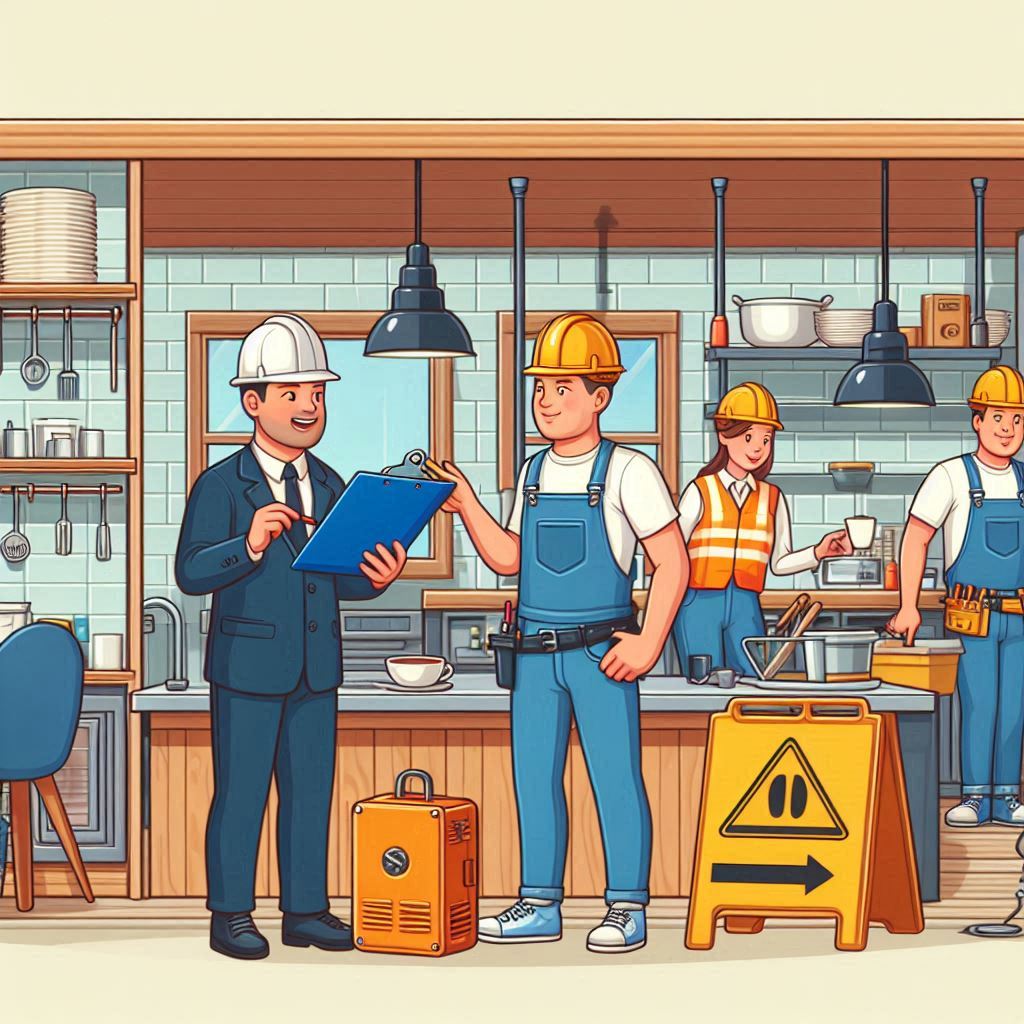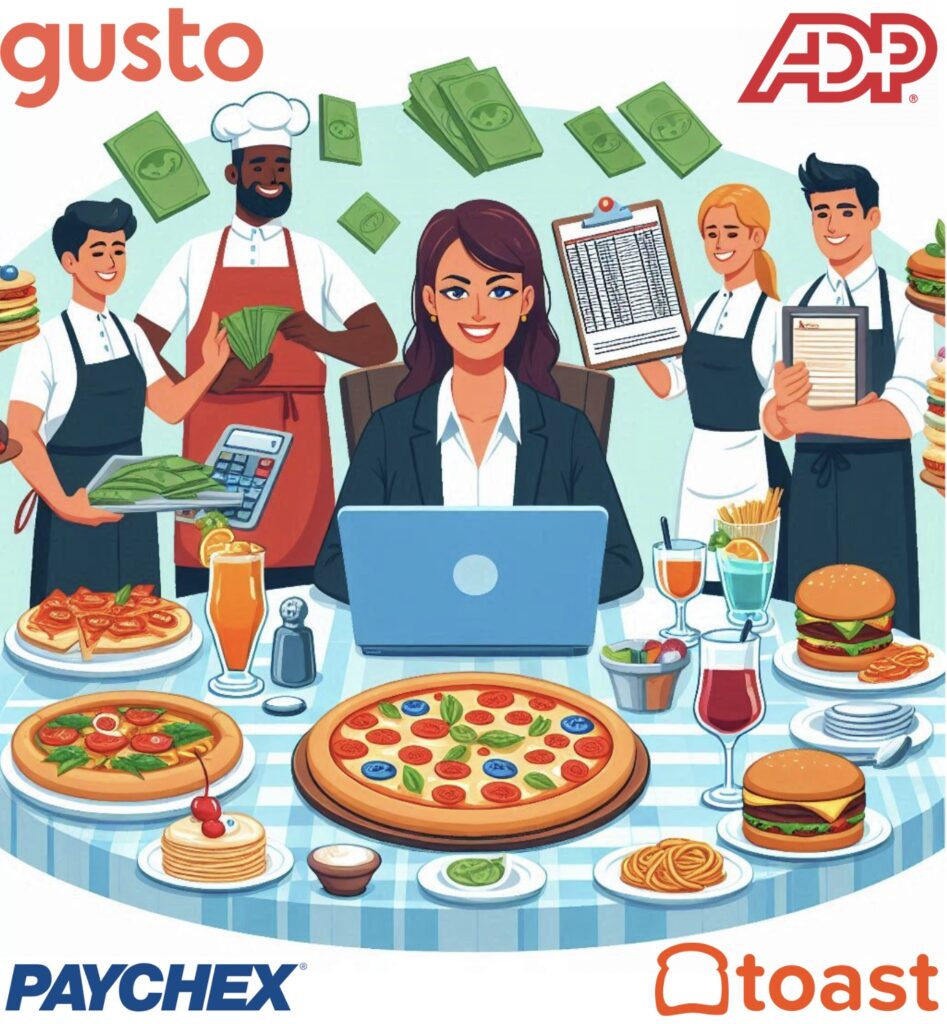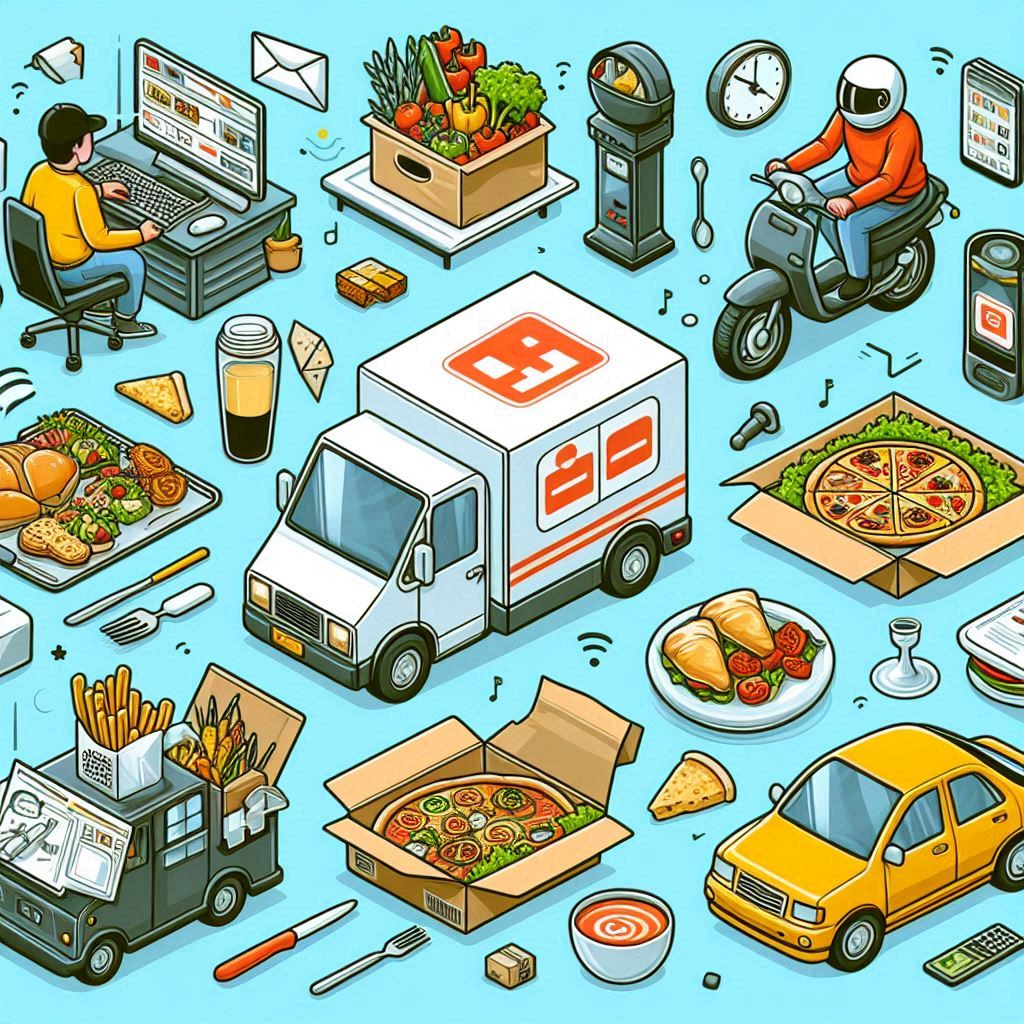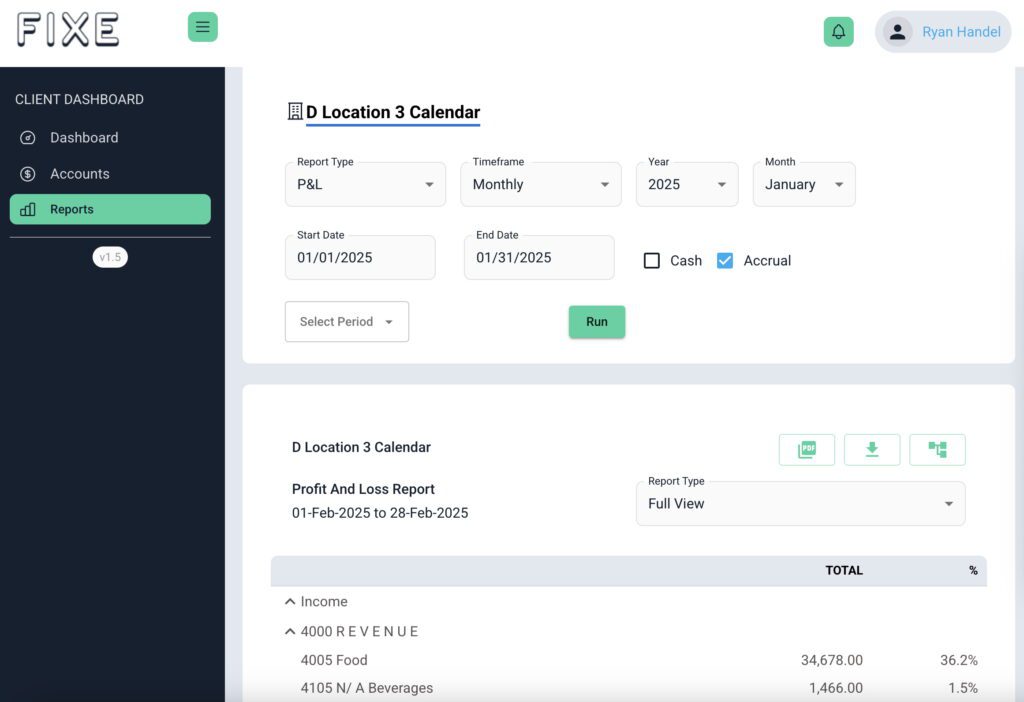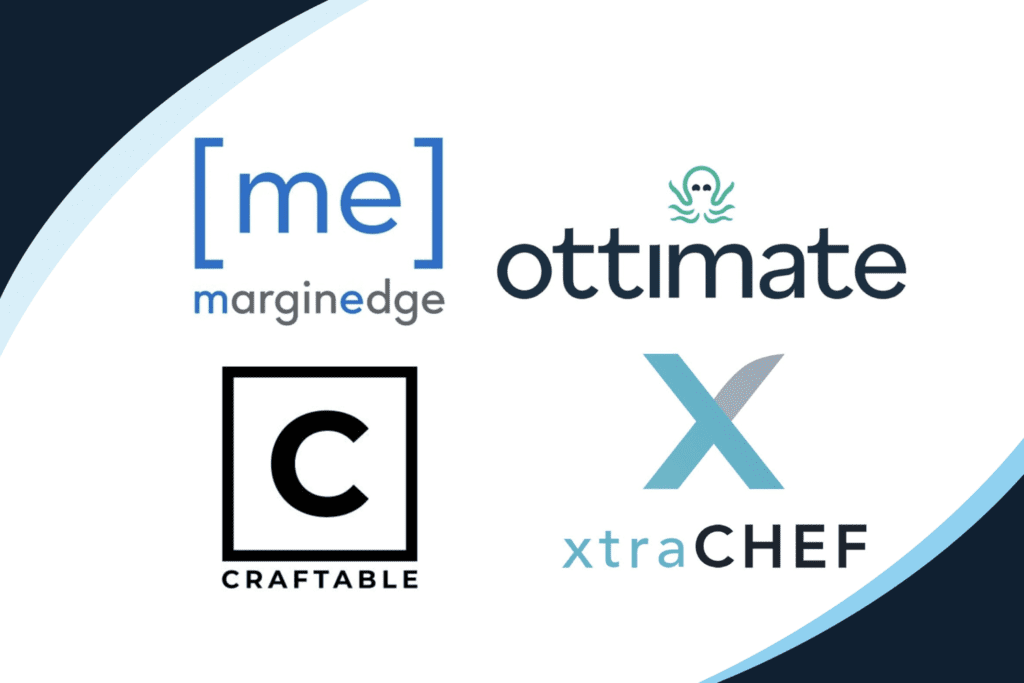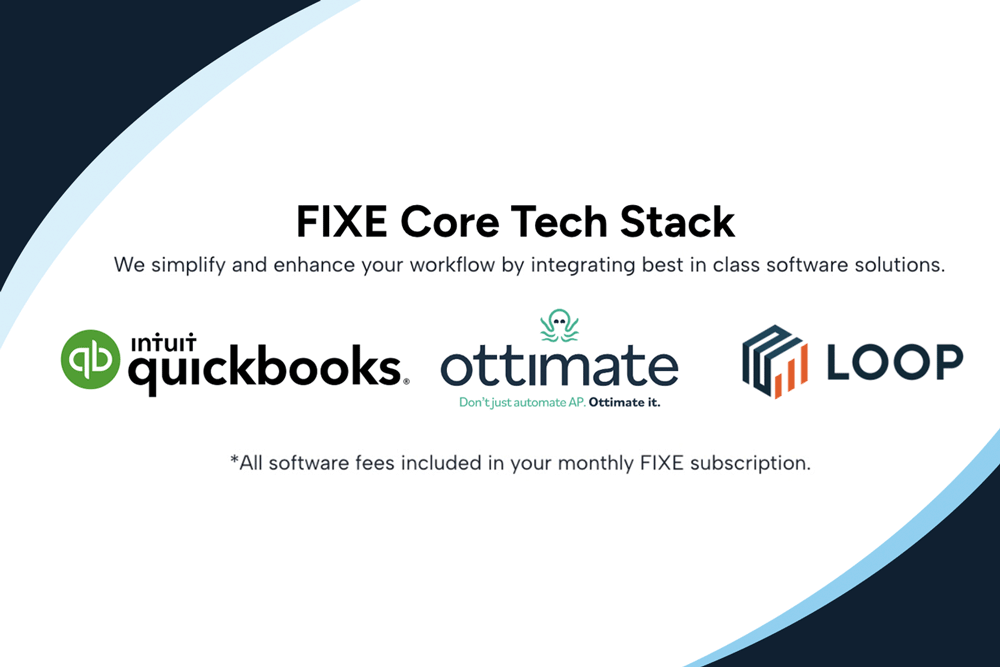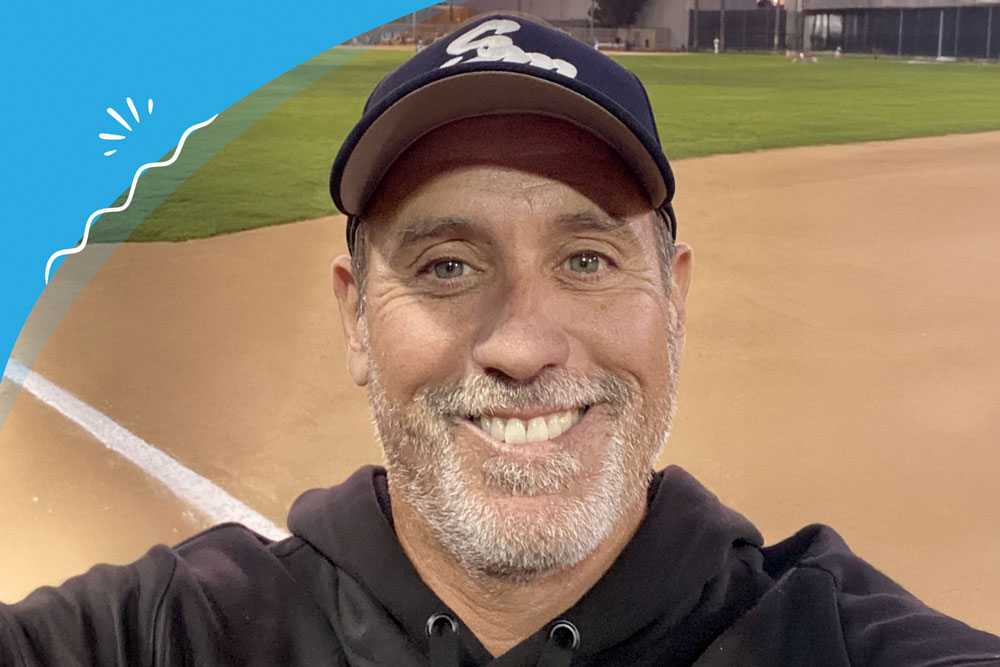How do people know if they’re making the right restaurant investment? Cash on cash return, sales per square foot, construction cost per square foot, and rent per square foot are the major metrics that you want to look at to see if your numbers make sense and if it’s going to be a reasonable, attainable investment.
CASH ON CASH RETURN
How much money did I put up? How long did it take me to get that money out? That’s it.
RENT
Any restaurant’s rent should be under 8% of sales or less. If you do a million dollars a year in sales, you want your rent to be $80,000 total for the year or less. If it’s much higher than that, then there better be some other factors that make you believe that it’s going to be profitable.
What are those factors? I’ll give you an example. Our Westwood Tacos 1986 location is very small. My wife’s closet is almost as big as that location. On a per square footage basis, the rent is not great, but because of the volume and how efficiently we can run that business, we’re able to squeeze everything we need into a very small space, so Tacos 1986 made sense there.
Theoretically, if you open in New York City, you’re paying a lot more for rent, but you should be getting higher sales volume to offset that. 8% would probably still hold true. Maybe you have other efficiencies and could afford to pay an extra percent or two for a better location, knowing that your food cost is a lot less than other people. Maybe the landlord is paying for your utilities or gives you six months free rent. Something like that to sweeten the deal and make it worth it.
ESTIMATING SALES
Everyone always asks, “How do I figure out how much sales am I going to do?” Do you do it by how many tables you have? Do you do it by how many seats you have? I always look at sales per square foot. If you have a 1,000 square foot restaurant, when you do $1 million in sales, that’s $1,000 per square foot. When I opened up my first restaurant, simplethings, $1,000 a square foot was a really cranking sales volume. Meaning an investor would look at that and say, “You’re either going to be super successful, which is why you’re budgeting $1,000 a square foot, or maybe you should budget a little bit less to set more realistic expectations.” That was 10 years ago. Now I see people budgeting $1,200 – $1,400 per square foot.
If I was an investor, and a restaurant owner presented anything higher than that, I’d say, “There’s no way you’re going to do that much sales.” It’s basically not possible.
If you’re looking at an investment, and they’re only budgeting $1,000 a square foot, there’s probably meat on the bone. Meaning like they’re not being too aggressive. They’re being realistic. When they go way higher than that, I think that it is unfair to believe in that expectation unless they have prior experience and a proven track record.
CONSTRUCTION PER SQUARE FOOT
You can get creative and take existing units and flip them around. The advantage of getting an existing unit is that you can build them for $300 – $500 per square foot. I personally have built restaurants for as cheap as $100 per square foot.
When you’re taking an empty shell, where there’s nothing there, it’s a lot more expensive because you’ve got to build the utilities and infrastructure. Unless the landlord is throwing a lot of money to help you out, it’s going to be very expensive. I would be concerned if I were paying around $1,000 per square foot to build a restaurant. Say it’s 3,000 square feet. That’s $3 million.
How long will it take you to get $3 million back out of that restaurant? Even with the best restaurants, you’re lucky to get to 20% profitability. That’s $800,000 a year for almost four years to get $3 million. That would be a tough sell to an investor for a risky investment like a restaurant. Investors want to see that they’re going to get paid back in under three years. If construction costs $2 million instead of $3 million, now you’re paying them back in two-and-a-half years as opposed to three-and-a-half years. That becomes a bit more appealing.
Ultimately, that construction cost obviously plays a big part in how successful you’re going to be. If you have a really cheap rent, it may take longer to pay that investment back, but you’re going to be making money, and it’s not going to go out of business.
INVESTOR’S PERSPECTIVE
If I was making an investment, looking at how many dollars it’s going to cost to open the restaurant is definitely an important factor for me. Knowing that, knowing the rent, and understanding the neighborhood, that’s how I would decide whether or not I invest.
Most restaurant investments are usually done with friends and family in the beginning, before you get really successful. Friends and family are less sophisticated investors than institutional investors. They usually get 100% of the profits until they’re paid back. Then they get 30-35% of the profits each year on their investment for as long as the restaurant remains open.
If the owners take a really big management fee and distributions before the investors are getting any money out, the investors are not really getting any money out. But if the owners are really good and say, “I don’t want to take any money, or just a livable wage until you guys are paid back,” that’s more likely to be a successful restaurant.
- Make sure that the owner has a pot of gold at the end of the rainbow, so that you can get your money paid back first before they get their money.
- Make sure they have a livable, reasonably livable wage, so that way they can be comfortable until they get that pot of gold.
I have one client who paid back their investors $750,000 in one year. They were diligent, and they had a very clear mindset, and they had a successful restaurant. Now if those owners ever want to open up another restaurant, their investors can’t give them the money fast enough.
You have to believe in the owners. You’ve got to believe in their ability to run a business. Invest in the people. I would never invest in a restaurant unless I know the people who are running it have run a business on their own for an extended period of time, even if it wasn’t a restaurant. To give somebody money to open up a restaurant for their first time when they’ve never run a successful business before is just asking for subpar results. They might end up being successful. It just might take them a long time to figure that out. Even some of the best restaurants didn’t make money in the beginning because they were so inefficiently run.

